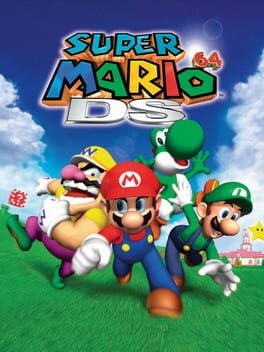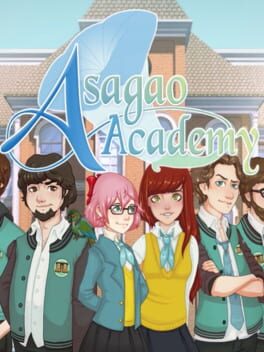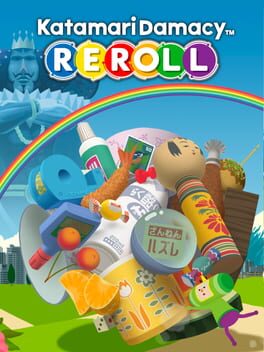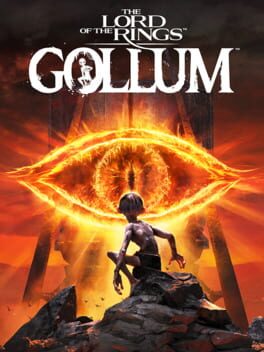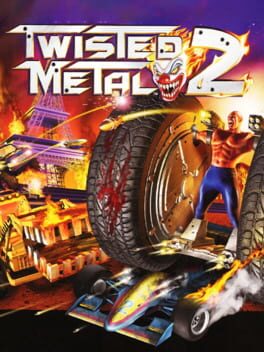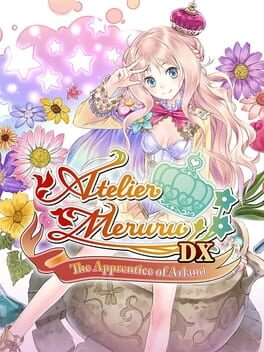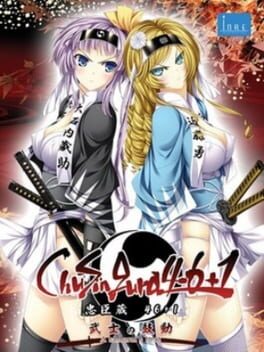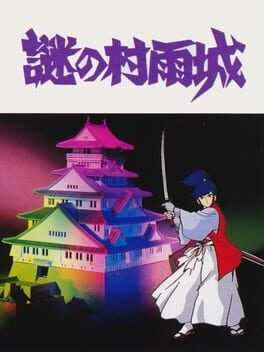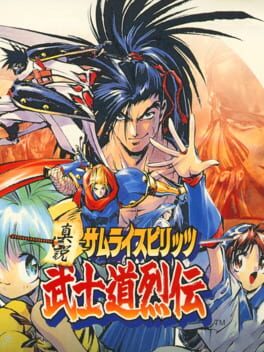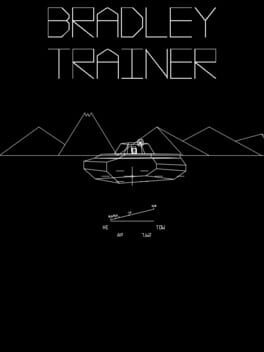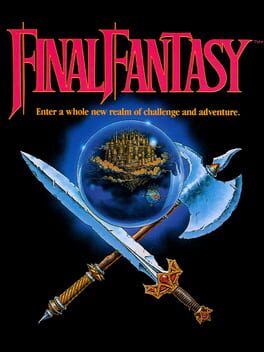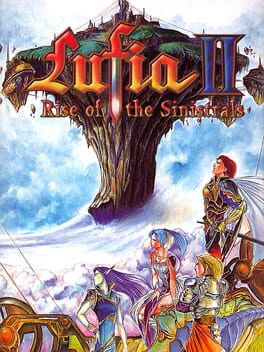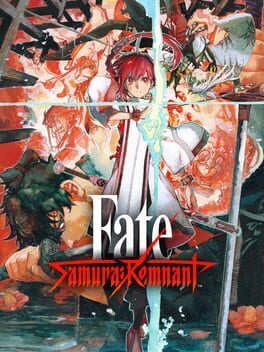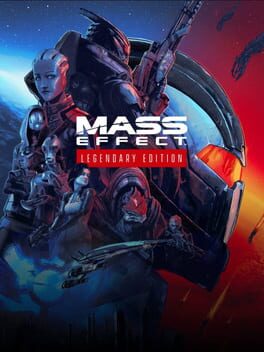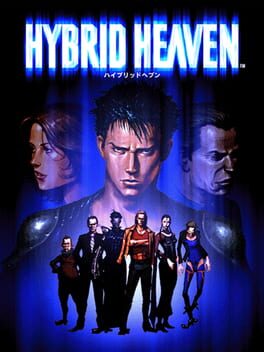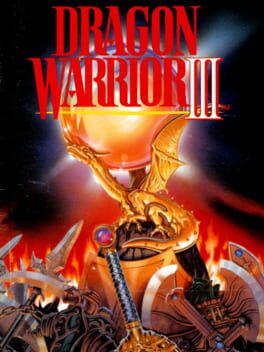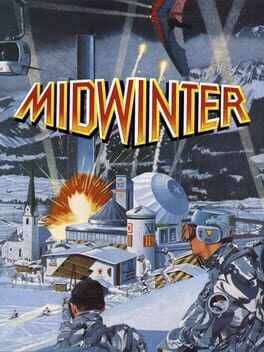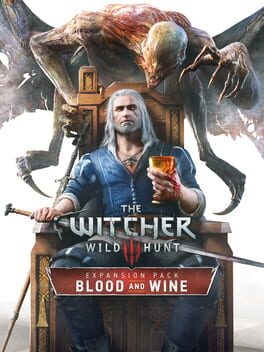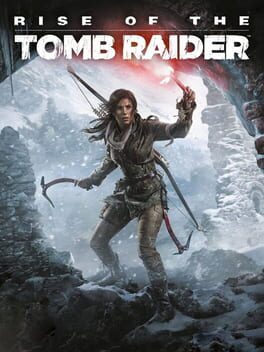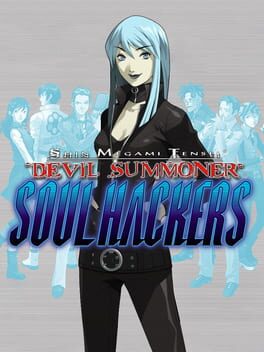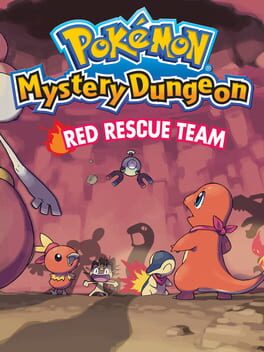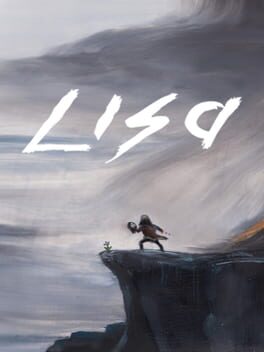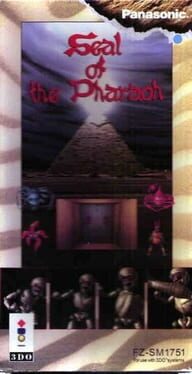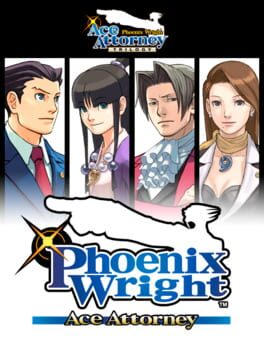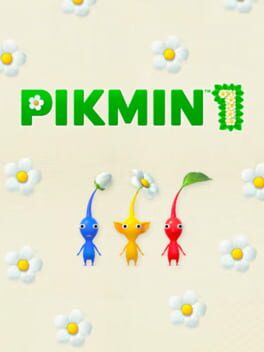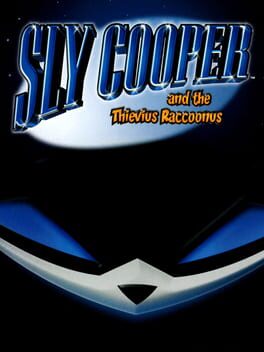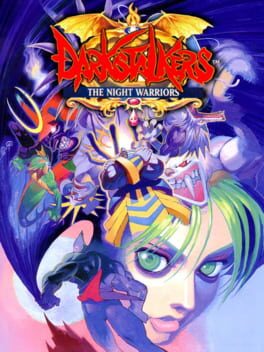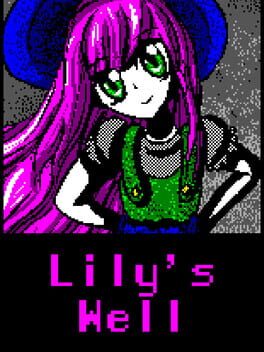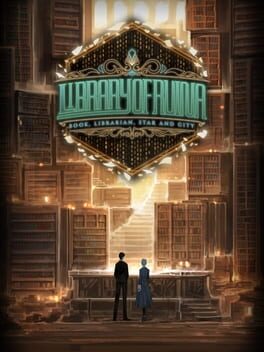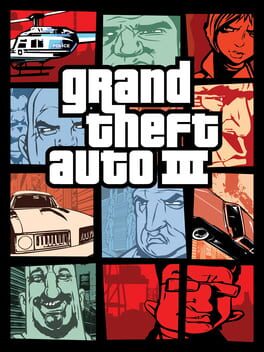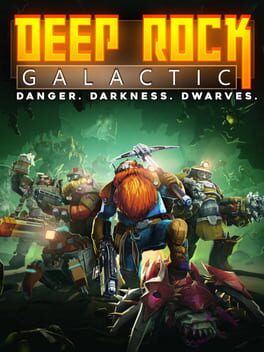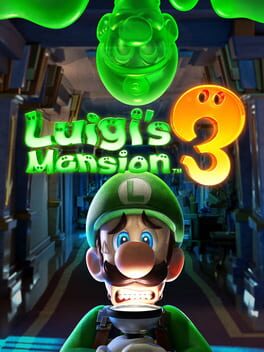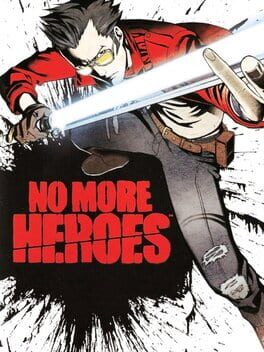Hot_Anarcocoa
BACKER
257 reviews liked by Hot_Anarcocoa
Super Mario 64 DS
2004
nintendo salvaging the american gaming market with the release of the NES was the modern inflection point for our industry, in some ways that are less obvious than others. the console enshrined gaming as a medium with legitimacy beyond the original fad-like relevance of the atari VCS, but the centralization of this success around nintendo gave the company an uncomfortable amount of leverage. this immediately portended poorly with the simultaneous release of the console's killer app: super mario bros., which gestured to a sinister rejection of the console's original intent. look to the japanese launch line-up and you'll see arcade staples such as donkey kong and popeye; games that lauded precise, restricted play with definitive rules and short runtimes. super mario bros. was a refutation of this design philosophy in favor of the loosey-goosey variable jump heights, frequent health restoration items, and long hallways of copy-paste content replacing the tightly paced experiences that defined the era before. the NES still featured arguably the greatest console expressions of the rigorous arcade action experiences that defined the '80s - castlevania, ninja gaiden, and the early mega mans all come to mind - but the seeds super mario bros. planted would presage a shift into more and more experiences that coddled the player rather than testing their fortitude. in some ways, super mario bros. lit the match that would leave our gaming landscape in the smoldering ruins of the AAA design philosophy.
the '90s only deepened nintendo's exploration of trends that would further attempt to curb the arcade philosophy, which still floated on thanks to the valiant efforts of their competitors at sega, capcom, konami, and others. super mario world kicked off nintendo's 16-bit era with an explicitly non-linear world map that favored the illusion of charting unknown lands over the concrete reality of learning play fundamentals, and its pseudo-sequel yoshi's island would further de-emphasize actual platforming chops by giving the player a generous hover and grading them on their ability to pixel hunt for collectables rather than play well, but the most stunning example of nintendo's decadence in this era is undoubtedly donkey kong '94. the original donkey kong had four levels tightly wound around a fixed jump arc and limited ability for mario to deal with obstacles; its ostensible "remake" shat all over its legacy by infusing mario's toolkit with such ridiculous pablum such as exaggerated flip jumps, handstands, and other such acrobatics. by this point nintendo was engaging in blatant historical revisionism, turning this cornerstone of the genre into a bug-eyed circus romp, stuffed with dozens of new puzzle-centric levels that completely jettisoned any semblance of toolkit-oriented level design from the original game. and yet, this was the final fissure before the dam fully burst in 1996.
with the release of the nintendo 64 came the death knell of the industry: the analog stick. nintendo's most cunning engineers and depraved designers had cooked up a new way to hand unprecedented control to the player and tear down all obstacles standing in the way of the paternalistic head-pat of a "job well done" that came with finishing a game. with it also came this demonic interloper's physical vessel, super mario 64; the refined, sneering coalescence of all of nintendo's design tendencies up to this point. see here a game with enormous, previously unfathomable player expression, with virtually every objective solvable in myriad different ways to accommodate those who refuse to engage with the essential challenges the game offers. too lazy to even attempt some challenges at all? feel free to skip over a third of the game's "star" objectives on your way to the final boss; you can almost see the designers snickering as they copy-pasted objectives left and right, knowing that the majority of their player base would never even catch them in the act due to their zombie-like waddle to the atrociously easy finish line. even as arcade games stood proud at the apex of the early 3D era, super mario 64 pulled the ground out underneath them, leaving millions of gamers flocking to similar experiences bereft of the true game design fundamentals that had existed since the origination of the medium.
this context is long but hopefully sobering to you, the reader, likely a gamer so inoculated by the drip-feed of modern AAA slop that you likely have regarded super mario 64 as a milestone in 3D design up to now. yet, it also serves as a stark contrast to super mario 64 ds, a revelation and admission of guilt by nintendo a decade after their donkey kong remake plunged modern platformers into oblivion.
the d-pad alone is cool water against the brow of one in the throes of a desert of permissive design techniques. tightening up the input space from the shallow dazzle of an analog surface to the limitations of eight directions instantly reframes the way one looks at the open environments of the original super mario 64. sure, there's a touch screen option, but the awkward translation of a stick to the literal flat surface of the screen seems to be intentionally hobbled in order to encourage use of the d-pad. while moving in a straight line may still be simple, any sort of other action now begets a pause for reflection over the exact way one should proceed. is the sharp 45 or 90 degree turn to one side "good enough", or will I need to make a camera adjustment in-place? for this bridge, what combination of angles should I concoct in order to work through this section? the removal of analog control also forces the addition of an extra button to differentiate between running and walking, slapping the player on the wrist if they try to gently segue between the two states as in the original. the precision rewards those who aim to learn their way around the rapid shifts in speed while punishing those who hope they can squeak by with the same sloppy handling that the original game allowed.
on its own this change is crucial, but it still doesn't cure the ills of the original's permissive objective structure. however, the remake wisely adds a new character selection system that subtly injects routing fundamentals into the game's core. for starters: each of the characters has a separate moveset, and while some characters such as yoshi and luigi regrettably have the floaty hover and scuttle that I disdained in yoshi's island, it's at least balanced here by removing other key aspects of their kit such as wall jumps and punches. the addition of wario gives the game a proper "hard mode," with wario's lumbering speed and poor jump characteristics putting much-needed limiters on the game's handling. for objectives that now explicitly require wario to complete, the game is effectively barring you from abusing the superior movement of the original game by forcing you into a much more limited toolkit with rigid d-pad controls, the kind of limitations this game absolutely needed in order to shine.
that last point about objectives that specifically require a given character is key: the remake segments its objectives based on which characters are viable to use to complete them. however, while in some cases the game may telegraph which specific characters are required for a particular task, in many cases the "correct" solution is actually to bounce between the characters in real time. this is done by strategically placing hats for each of the characters throughout the map - some attached to enemies and some free-floating - which allow the player to switch on the fly. this adds new detours to the otherwise simple objectives that vastly increases their complexity: which toolkit is best suited for which part of each mission? how should my route be planned around the level to accommodate hats I need to pick up? will I be able to defeat an enemy that's guarding the hat if I had to? this decision-making fleshes out what was previously a mindless experience.
there's one additional element to this system that truly elevates it to something resembling the arcade experiences of yore. while you can enter a level as any character, entering as yoshi allows you to preemptively don the cap of any other character as you spawn in, preventing the player from having to back-track to switch characters. on the surface this seems like another ill-advised QoL feature, but some subtle features reveal something more fascinating. yoshi has no cap associated with him, so to play as him, one must enter the level with him. however, you often need to switch to another character in the middle of a level. how do you switch back? by taking damage. to solve the ridiculously overstuffed eight piece health bar of the original, this remake transforms it into a resource you expend in order to undergo transformation. sure, one could theoretically collect coins in order to replenish this resource, but this adds a new layer onto the routing that simply didn't exist in the original game, where there were so many ways to circumvent obstacles with the permissive controls that getting hit in the first place was often harder than completing the objective. by reframing the way that the player looks at their heath gauge, the game is calling to mind classic beat 'em ups, where the health gauge often doubled as a resource to expend for powerful AoE supers.
the game still suffers from much of the rotten design at the core of its forebear; these above changes are phenomenal additions, but they're grafted onto a framework that's crumbling as you delve into it. regardless, the effort is admirable. for a brief moment, nintendo offered an apology to all of those hurt by their curbstomping of the design philosophies that springboarded them into juggernaut status in the first place, and they revitalized classic design perspectives for many millions more who first entered the world of gaming after it had already been tainted by nintendo's misdeeds. the galaxy duology, released a few years after this game, attempted to rework the series from the ground up with a new appreciation for arcade design by limiting the bloated toolkit of previous games and linearizing levels, but the damage had already been done. the modern switch era has magnified nintendo's worst tendencies, putting proper execution and mechanical comprehension to the wayside as they accelerate the disturbing "the player is always right" principles that have infested their games since that original super mario bros. by looking at super mario 64 ds in this context, we at least get a glimpse of what a better world could have looked like had nintendo listened to their elders all along.
the '90s only deepened nintendo's exploration of trends that would further attempt to curb the arcade philosophy, which still floated on thanks to the valiant efforts of their competitors at sega, capcom, konami, and others. super mario world kicked off nintendo's 16-bit era with an explicitly non-linear world map that favored the illusion of charting unknown lands over the concrete reality of learning play fundamentals, and its pseudo-sequel yoshi's island would further de-emphasize actual platforming chops by giving the player a generous hover and grading them on their ability to pixel hunt for collectables rather than play well, but the most stunning example of nintendo's decadence in this era is undoubtedly donkey kong '94. the original donkey kong had four levels tightly wound around a fixed jump arc and limited ability for mario to deal with obstacles; its ostensible "remake" shat all over its legacy by infusing mario's toolkit with such ridiculous pablum such as exaggerated flip jumps, handstands, and other such acrobatics. by this point nintendo was engaging in blatant historical revisionism, turning this cornerstone of the genre into a bug-eyed circus romp, stuffed with dozens of new puzzle-centric levels that completely jettisoned any semblance of toolkit-oriented level design from the original game. and yet, this was the final fissure before the dam fully burst in 1996.
with the release of the nintendo 64 came the death knell of the industry: the analog stick. nintendo's most cunning engineers and depraved designers had cooked up a new way to hand unprecedented control to the player and tear down all obstacles standing in the way of the paternalistic head-pat of a "job well done" that came with finishing a game. with it also came this demonic interloper's physical vessel, super mario 64; the refined, sneering coalescence of all of nintendo's design tendencies up to this point. see here a game with enormous, previously unfathomable player expression, with virtually every objective solvable in myriad different ways to accommodate those who refuse to engage with the essential challenges the game offers. too lazy to even attempt some challenges at all? feel free to skip over a third of the game's "star" objectives on your way to the final boss; you can almost see the designers snickering as they copy-pasted objectives left and right, knowing that the majority of their player base would never even catch them in the act due to their zombie-like waddle to the atrociously easy finish line. even as arcade games stood proud at the apex of the early 3D era, super mario 64 pulled the ground out underneath them, leaving millions of gamers flocking to similar experiences bereft of the true game design fundamentals that had existed since the origination of the medium.
this context is long but hopefully sobering to you, the reader, likely a gamer so inoculated by the drip-feed of modern AAA slop that you likely have regarded super mario 64 as a milestone in 3D design up to now. yet, it also serves as a stark contrast to super mario 64 ds, a revelation and admission of guilt by nintendo a decade after their donkey kong remake plunged modern platformers into oblivion.
the d-pad alone is cool water against the brow of one in the throes of a desert of permissive design techniques. tightening up the input space from the shallow dazzle of an analog surface to the limitations of eight directions instantly reframes the way one looks at the open environments of the original super mario 64. sure, there's a touch screen option, but the awkward translation of a stick to the literal flat surface of the screen seems to be intentionally hobbled in order to encourage use of the d-pad. while moving in a straight line may still be simple, any sort of other action now begets a pause for reflection over the exact way one should proceed. is the sharp 45 or 90 degree turn to one side "good enough", or will I need to make a camera adjustment in-place? for this bridge, what combination of angles should I concoct in order to work through this section? the removal of analog control also forces the addition of an extra button to differentiate between running and walking, slapping the player on the wrist if they try to gently segue between the two states as in the original. the precision rewards those who aim to learn their way around the rapid shifts in speed while punishing those who hope they can squeak by with the same sloppy handling that the original game allowed.
on its own this change is crucial, but it still doesn't cure the ills of the original's permissive objective structure. however, the remake wisely adds a new character selection system that subtly injects routing fundamentals into the game's core. for starters: each of the characters has a separate moveset, and while some characters such as yoshi and luigi regrettably have the floaty hover and scuttle that I disdained in yoshi's island, it's at least balanced here by removing other key aspects of their kit such as wall jumps and punches. the addition of wario gives the game a proper "hard mode," with wario's lumbering speed and poor jump characteristics putting much-needed limiters on the game's handling. for objectives that now explicitly require wario to complete, the game is effectively barring you from abusing the superior movement of the original game by forcing you into a much more limited toolkit with rigid d-pad controls, the kind of limitations this game absolutely needed in order to shine.
that last point about objectives that specifically require a given character is key: the remake segments its objectives based on which characters are viable to use to complete them. however, while in some cases the game may telegraph which specific characters are required for a particular task, in many cases the "correct" solution is actually to bounce between the characters in real time. this is done by strategically placing hats for each of the characters throughout the map - some attached to enemies and some free-floating - which allow the player to switch on the fly. this adds new detours to the otherwise simple objectives that vastly increases their complexity: which toolkit is best suited for which part of each mission? how should my route be planned around the level to accommodate hats I need to pick up? will I be able to defeat an enemy that's guarding the hat if I had to? this decision-making fleshes out what was previously a mindless experience.
there's one additional element to this system that truly elevates it to something resembling the arcade experiences of yore. while you can enter a level as any character, entering as yoshi allows you to preemptively don the cap of any other character as you spawn in, preventing the player from having to back-track to switch characters. on the surface this seems like another ill-advised QoL feature, but some subtle features reveal something more fascinating. yoshi has no cap associated with him, so to play as him, one must enter the level with him. however, you often need to switch to another character in the middle of a level. how do you switch back? by taking damage. to solve the ridiculously overstuffed eight piece health bar of the original, this remake transforms it into a resource you expend in order to undergo transformation. sure, one could theoretically collect coins in order to replenish this resource, but this adds a new layer onto the routing that simply didn't exist in the original game, where there were so many ways to circumvent obstacles with the permissive controls that getting hit in the first place was often harder than completing the objective. by reframing the way that the player looks at their heath gauge, the game is calling to mind classic beat 'em ups, where the health gauge often doubled as a resource to expend for powerful AoE supers.
the game still suffers from much of the rotten design at the core of its forebear; these above changes are phenomenal additions, but they're grafted onto a framework that's crumbling as you delve into it. regardless, the effort is admirable. for a brief moment, nintendo offered an apology to all of those hurt by their curbstomping of the design philosophies that springboarded them into juggernaut status in the first place, and they revitalized classic design perspectives for many millions more who first entered the world of gaming after it had already been tainted by nintendo's misdeeds. the galaxy duology, released a few years after this game, attempted to rework the series from the ground up with a new appreciation for arcade design by limiting the bloated toolkit of previous games and linearizing levels, but the damage had already been done. the modern switch era has magnified nintendo's worst tendencies, putting proper execution and mechanical comprehension to the wayside as they accelerate the disturbing "the player is always right" principles that have infested their games since that original super mario bros. by looking at super mario 64 ds in this context, we at least get a glimpse of what a better world could have looked like had nintendo listened to their elders all along.
(9-year-old's review, typed by his dad)
Did you know that if you type up "Katamari" in Google and click on the Katamari ball, you can play Katamari and roll up the Google search results! Do you want me to show you?
Did you know that if you type up "Katamari" in Google and click on the Katamari ball, you can play Katamari and roll up the Google search results! Do you want me to show you?
(7-year-old's review, typed by her dad)
[Dad: What score are you thinking]
[CatTheCutest: A five!]
[Dad: A five?? Are you sure?]
[CatTheCutest: Well, a four. A four-point-five!!]
Okay. So first up, you start off as Gollum, and if you look at him, he's kind of creepy and horrifying. Then you see some... beautiful image. But then Gollum shows up! GRRR! And also it's very dark, so it's kinda hard to find things, especially those VINES. It was just so dark. There was only like teensy bits of fire and that was your only light. And be careful, or else you'll accidentally fall off a cliff! Cuz I did.
[Dad: What score are you thinking]
[CatTheCutest: A five!]
[Dad: A five?? Are you sure?]
[CatTheCutest: Well, a four. A four-point-five!!]
Okay. So first up, you start off as Gollum, and if you look at him, he's kind of creepy and horrifying. Then you see some... beautiful image. But then Gollum shows up! GRRR! And also it's very dark, so it's kinda hard to find things, especially those VINES. It was just so dark. There was only like teensy bits of fire and that was your only light. And be careful, or else you'll accidentally fall off a cliff! Cuz I did.
Stray
2022
(9-year-old's review, typed by his dad)
I mean it's fine, but it's very cutesy style. Like, a more bright and colors in your eyes, wee wee wee. And, but, I love it when you're the elephant. And the bubble Mario is not that useful. Hoppos are amazing, and I love them, and I'm working on beating "Here Come the Hoppos" without touching a single Hoppo. It's getting hard.
I mean it's fine, but it's very cutesy style. Like, a more bright and colors in your eyes, wee wee wee. And, but, I love it when you're the elephant. And the bubble Mario is not that useful. Hoppos are amazing, and I love them, and I'm working on beating "Here Come the Hoppos" without touching a single Hoppo. It's getting hard.
Twisted Metal 2
1996
Twisted Metal 2
1996
(7-year-old's review, typed by her dad)
It's very deathly. But I don't like it! Because I just want everyone to drive on the road carefully. Listen to the lights! And obey the rules!
That's what I want this game to be.
Cuz I just thought it was driving on the road, being calm. I don't like it! I love driving on the ROAD.
It's very deathly. But I don't like it! Because I just want everyone to drive on the road carefully. Listen to the lights! And obey the rules!
That's what I want this game to be.
Cuz I just thought it was driving on the road, being calm. I don't like it! I love driving on the ROAD.
(9-year-old's review, typed by his dad)
It's very calm. Like a nature documentary. About golf!
Aahhh. Peace.
No, type "voiceless glottal stop", then "peace".
And then, I've gotten a bulls-eye before, but not on this playthrough. I started over because... I don't know why. Ah, the trees, the graphics, the music, the vibe. Very calm.
It's very calm. Like a nature documentary. About golf!
Aahhh. Peace.
No, type "voiceless glottal stop", then "peace".
And then, I've gotten a bulls-eye before, but not on this playthrough. I started over because... I don't know why. Ah, the trees, the graphics, the music, the vibe. Very calm.
170 lists liked by Hot_Anarcocoa
by dizzrobo |
20 Games
by meearmph |
20 Games
by Dalaamclouds |
20 Games
by Dublinwhaler |
1 Games
by Cresps_X12 |
10 Games
by MrWarm |
20 Games
by The_Gaming_Dog12 |
20 Games
